The importance of hard hats for construction workers,
A hard hat is essential safety equipment for all construction workers, as it provides:
- Vital protection from falling objects.
- Protection from electrical hazards
- Other potential hazards at the construction site.
In this article, we will explore what a hard hat is, why construction workers wear it,
the standards and regulations governing its use, and its benefits.
So, let’s dive in and learn about the importance of hard hats at work.
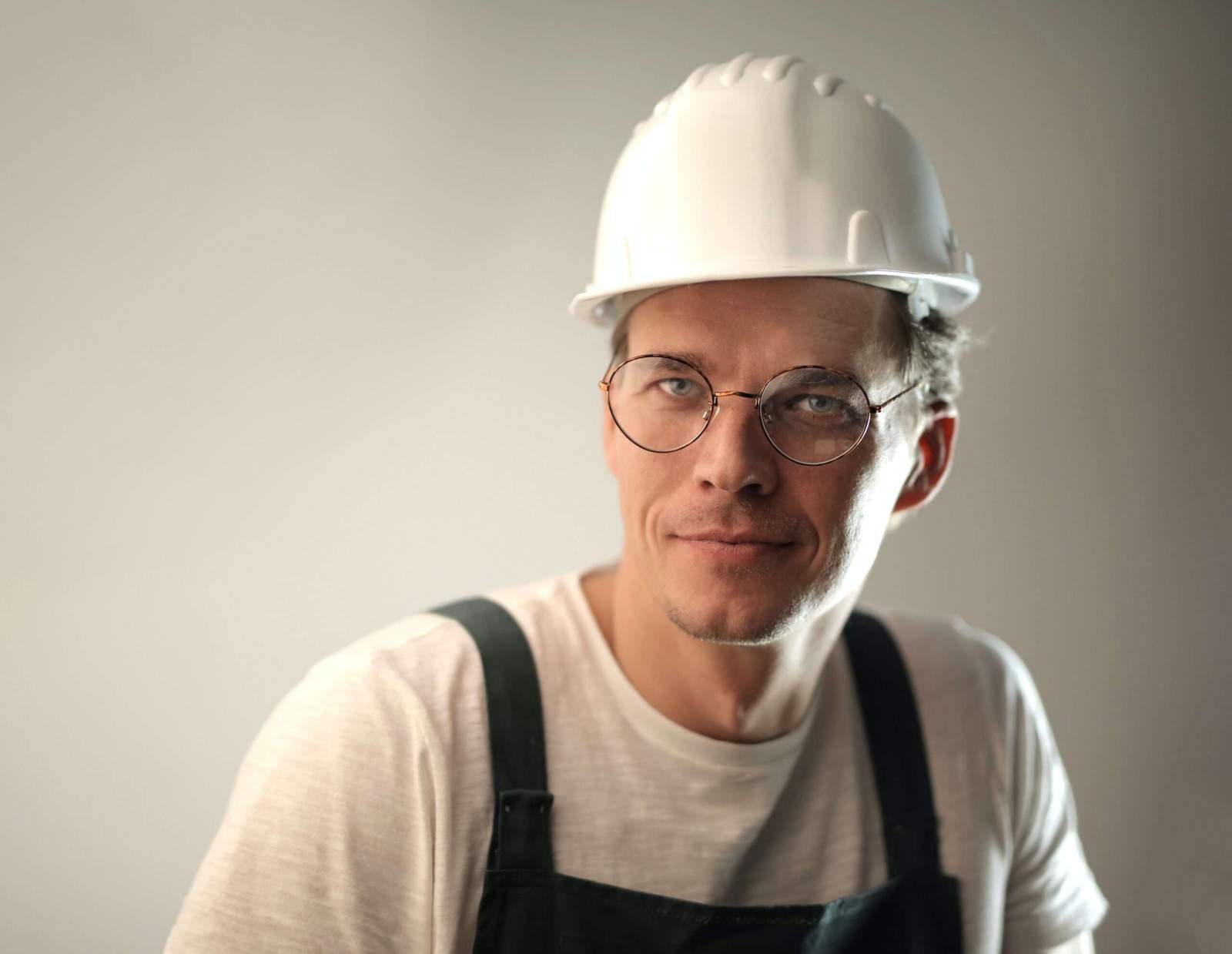
The purpose of the hard hat
A hard hat is a type of protective helmet worn by construction workers, miners, firefighters and other personnel.
Those working in environments exposed to hazardous and hazardous materials,
as they protect the wearer’s head from falling debris and shocks and electric shocks.
In addition, the hard hat protects from the sun, cold and other weather conditions.
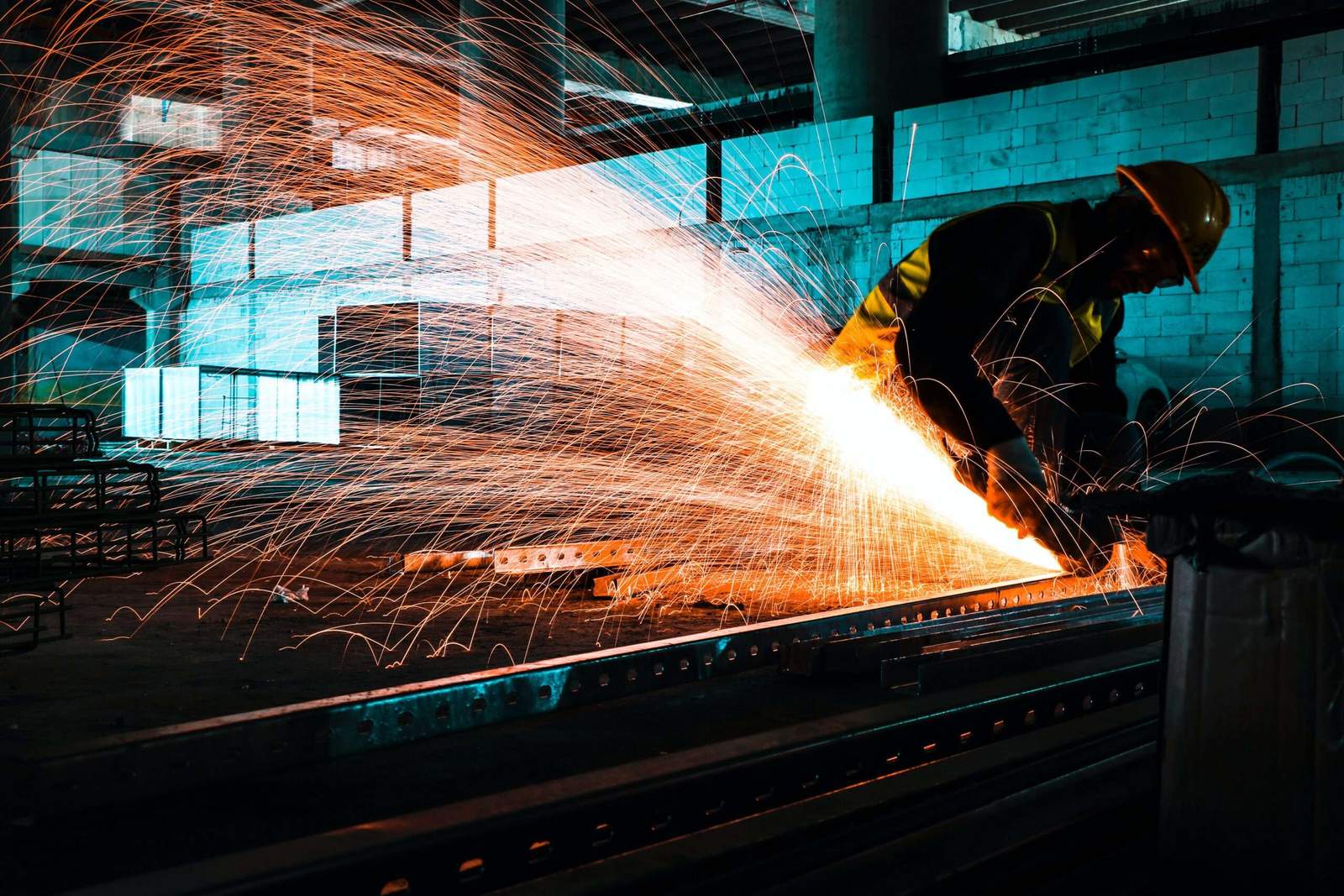
Protection from falling objects
When it comes to staying safe on the construction site, hard hats are an essential part of the safety plan.
While their primary purpose is to protect the wearer from blows, bumps and impacts to the head,
Hard hats also serve the more important purpose of protection from falling objects.
Known as “falling objects” in industry jargon, they can come from tools, equipment, debris, and other items.
Falling objects also pose a great danger, as they can cause serious injury and even death when dropped from above.
And hard hats provide an extra layer of protection by protecting the head from the impact of a falling object.
The hard shell of the hat helps disperse impact forces over a larger surface area and absorb some of the energy,
thus reducing the risk of head injuries.
Furthermore, hard hats also provide visibility, which helps reduce the risk of being hit by a falling object.

Protection from electrical hazards
A hard hat is essential personal protective equipment that all construction workers must wear.
They are designed to help protect the wearer from potential electrical exposure.
The hat is made of a hard plastic shell designed to keep the wearer safe from shock and some degree of electric shock.
Hard hats are designed to insulate the wearer from electrical currents and help protect against sparks,
as well as from falling objects.
The hard hats also come with a chin strap to ensure the hard hat stays in place and doesn’t slip.
The hard hat must fit securely and be the right size for the individual.
And with the proper fit, a hard hat will provide adequate protection.
In addition, the hard hat should be inspected regularly for nicks, scratches, and other signs of wear.
When working near electrical hazards, protective clothing such as non-conductive gloves and insulated shoes must be worn.
And requires working with electrical wires, live circuits, and other high-voltage equipment,
That the worker be trained on appropriate safety procedures and familiar with isolated tools.
Finally, hard hats also provide additional protection from the sun, heat, and rain,
which can be hazardous when working outdoors.
And some hard hats are designed to be more breathable and provide extra protection from the elements.
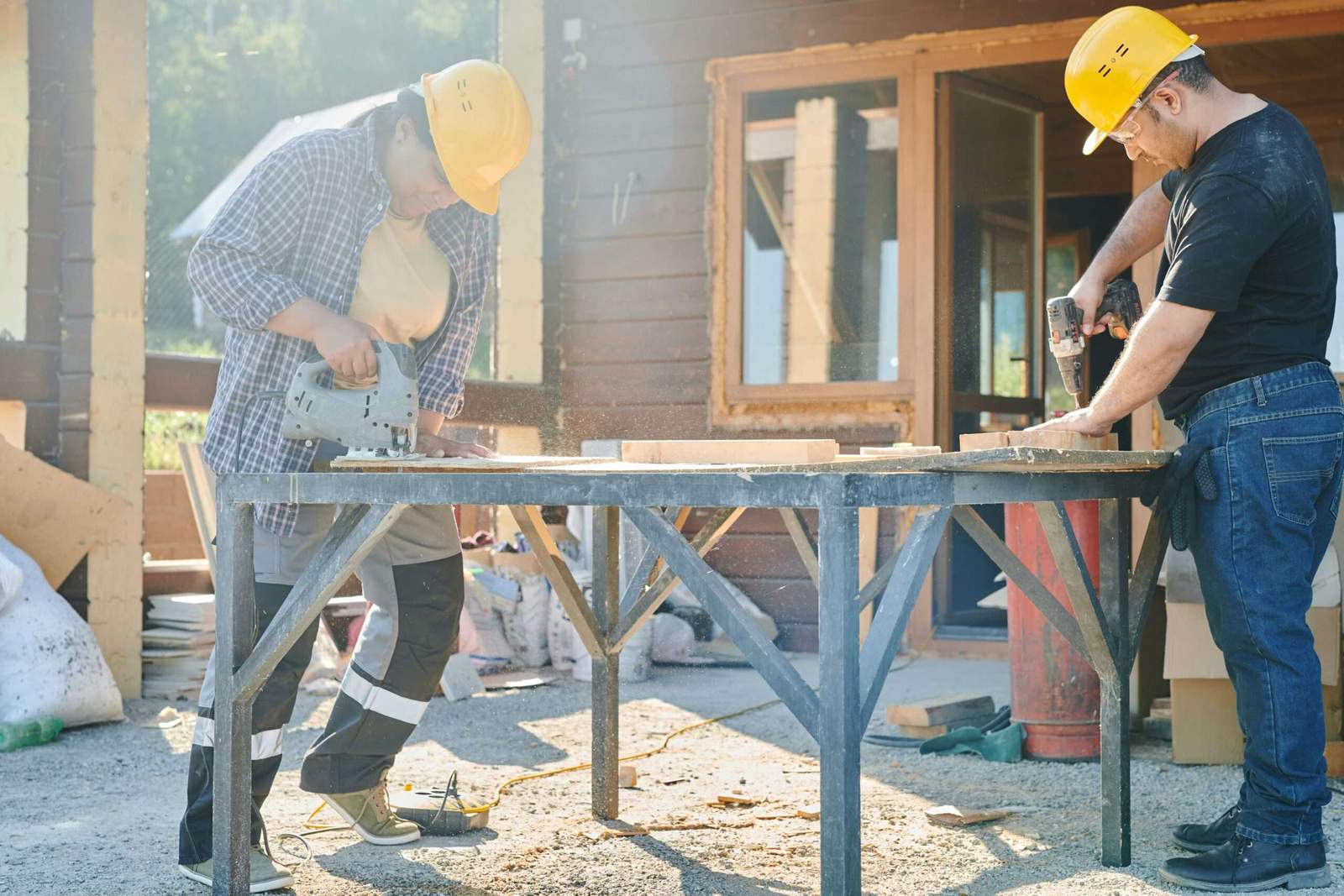
Standards and regulations
Hard hats help protect workers from head injuries, cuts, and other head injuries.
Most employers in the construction industry require workers to wear hard hats while working,
and there are several different reasons behind this:
First and foremost, hard hats must meet certain standards and regulations set by local, state, and federal government entities.
These standards and regulations require helmets to be tested and certified to meet specific safety requirements.
For example, according to OSHA (Occupational Safety and Health Administration),
all hard hats must meet the requirements
Meets ANSI requirements for Type I (top impact) or Type II (top and side impact) helmets.
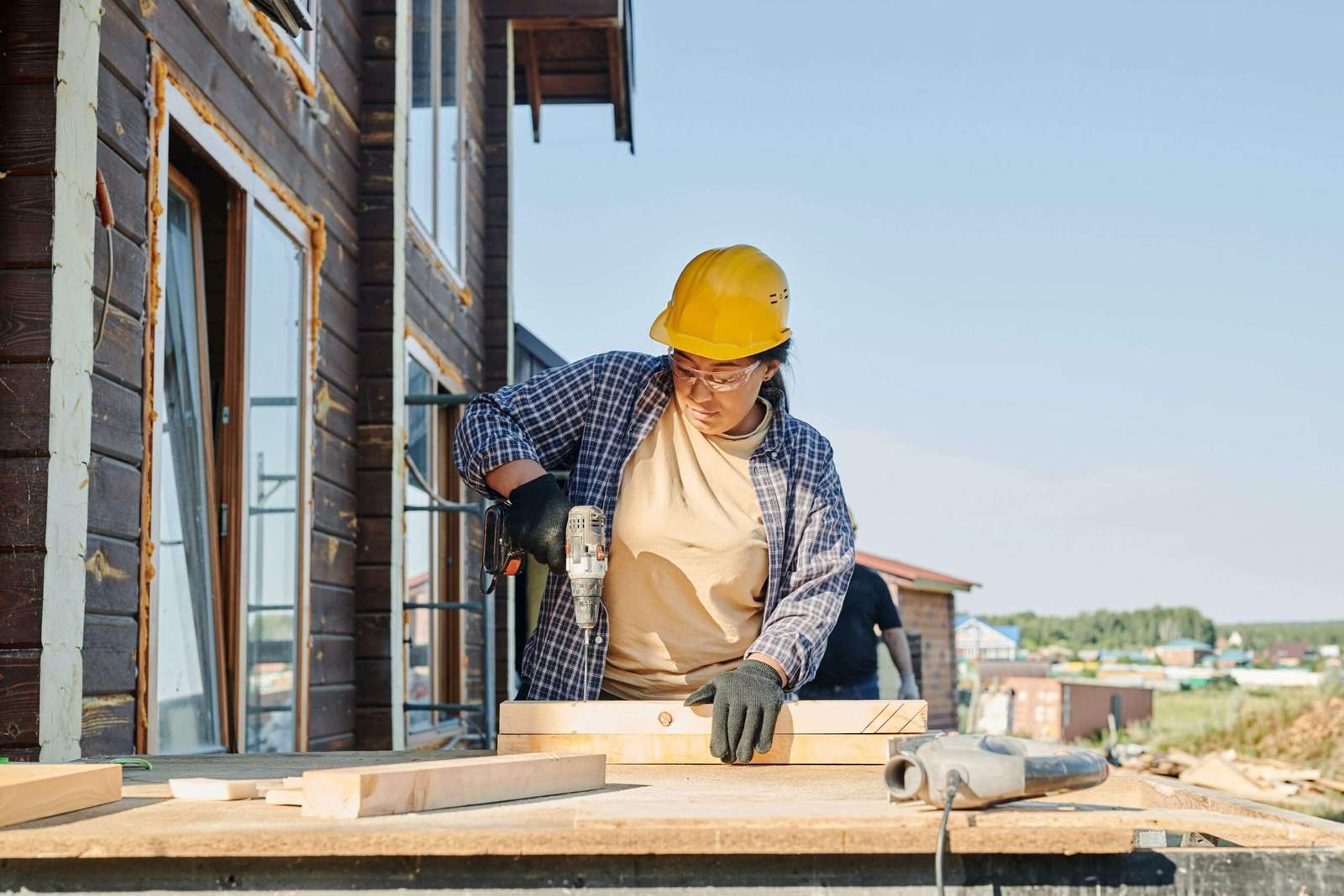
ANSI/ISEA Z1-2009
ANSI/ISEA Z1-2009 is a safety standard developed by the American National Standards Institute (ANSI) and the International Safety Equipment Association (ISEA).
This standard is designed to protect workers in the construction industry by creating a global hard hat manufacturing system.
Under this standard, hard hats must meet specific criteria to be certified as protected and safe for use.
The ANSI/ISEA Z1-2009 standard also requires hard hats to protect the wearer from electrical shock and penetration.
All hard hats must be designed to protect against impact,
which means that the helmet must be made of a hard material that is also cushioned.
The padded material reduces the force of any impact to the helmet,
while the rigid material keeps the helmet from deforming under pressure.
Hard hats must also be able to protect against electric shock.
To do so, they must be made of electrically insulated materials and tested to meet voltage and current limit specifications.
In terms of penetration protection,
hard hats must be made of a material that can prevent sharp edges and other small objects from penetrating the helmet.
The helmet must also remain undamaged in the event of a collision with an object weighing up to one kilogram.
Additionally, ANSI/ISEA Z1-2009 requires that hard hats be equipped with an adjustable headband or strap to prevent the helmet from moving the wearer’s head.
And all hard hats must be tested to meet ANSI/ISEA Z1-standards.
2009.
The testing process includes a laboratory setting,
where the hard hat is subjected to a series of simulated scenarios to measure the performance of the helmet.
These scenarios include electric shocks, shocks, penetration tests,
And tests to ensure that the hard hat fits properly on the user’s head.
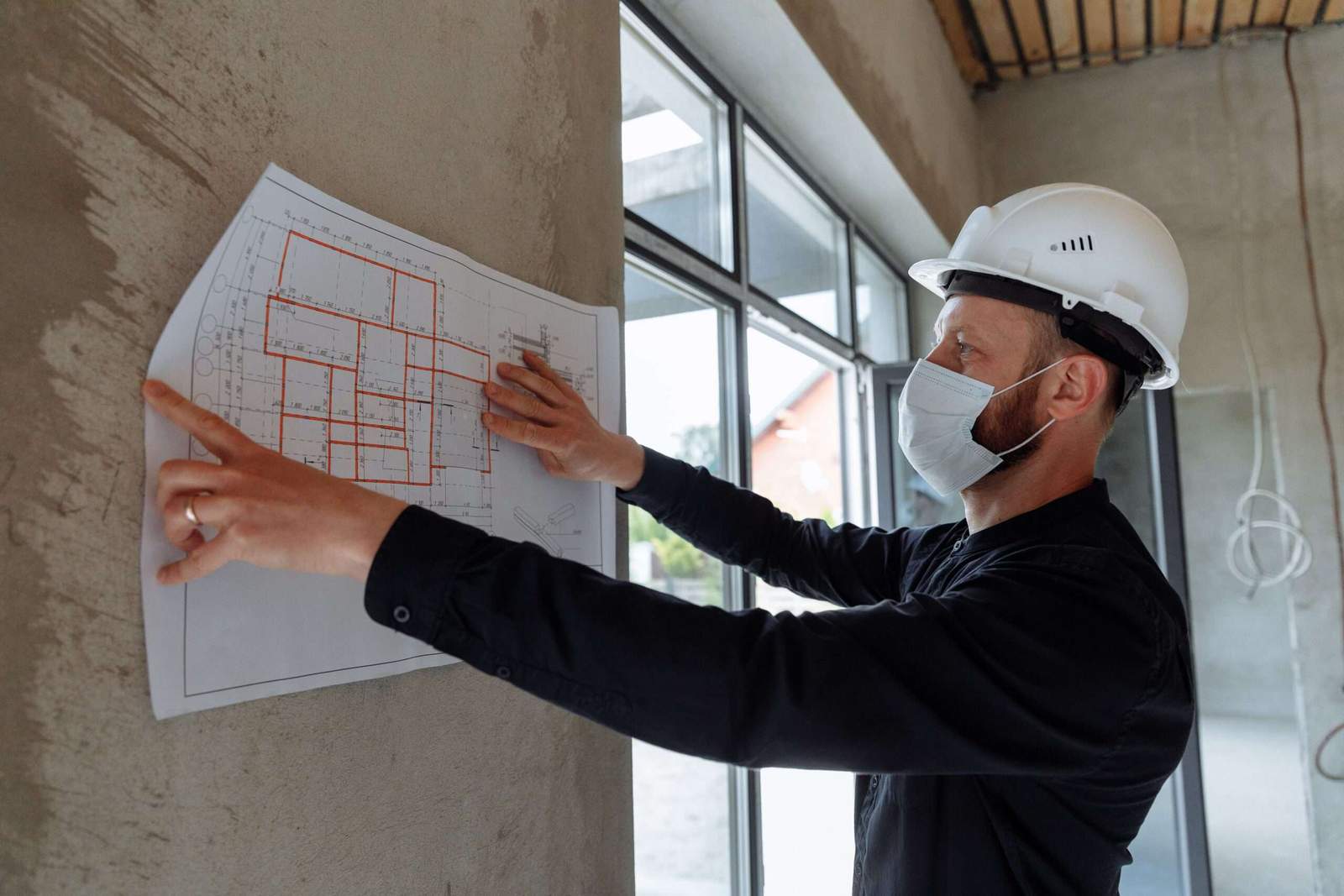
OSHA regulations
The Occupational Safety and Health Administration (OSHA) is the federal agency responsible for developing
and enforcing safety and health regulations in the workplace to protect workers on the job.
It is important for employers to ensure that their workers wear modern hard hats that meet OSHA standards.
According to OSHA regulations, hard hats must be made of high-density polyethylene or another similar material.
It must protect against electric shock and shock.
A hard hat must also fit properly on the wearer, and the chin strap must be securely tightened.
In addition, employers are responsible for providing protective equipment in good condition and free from defects.
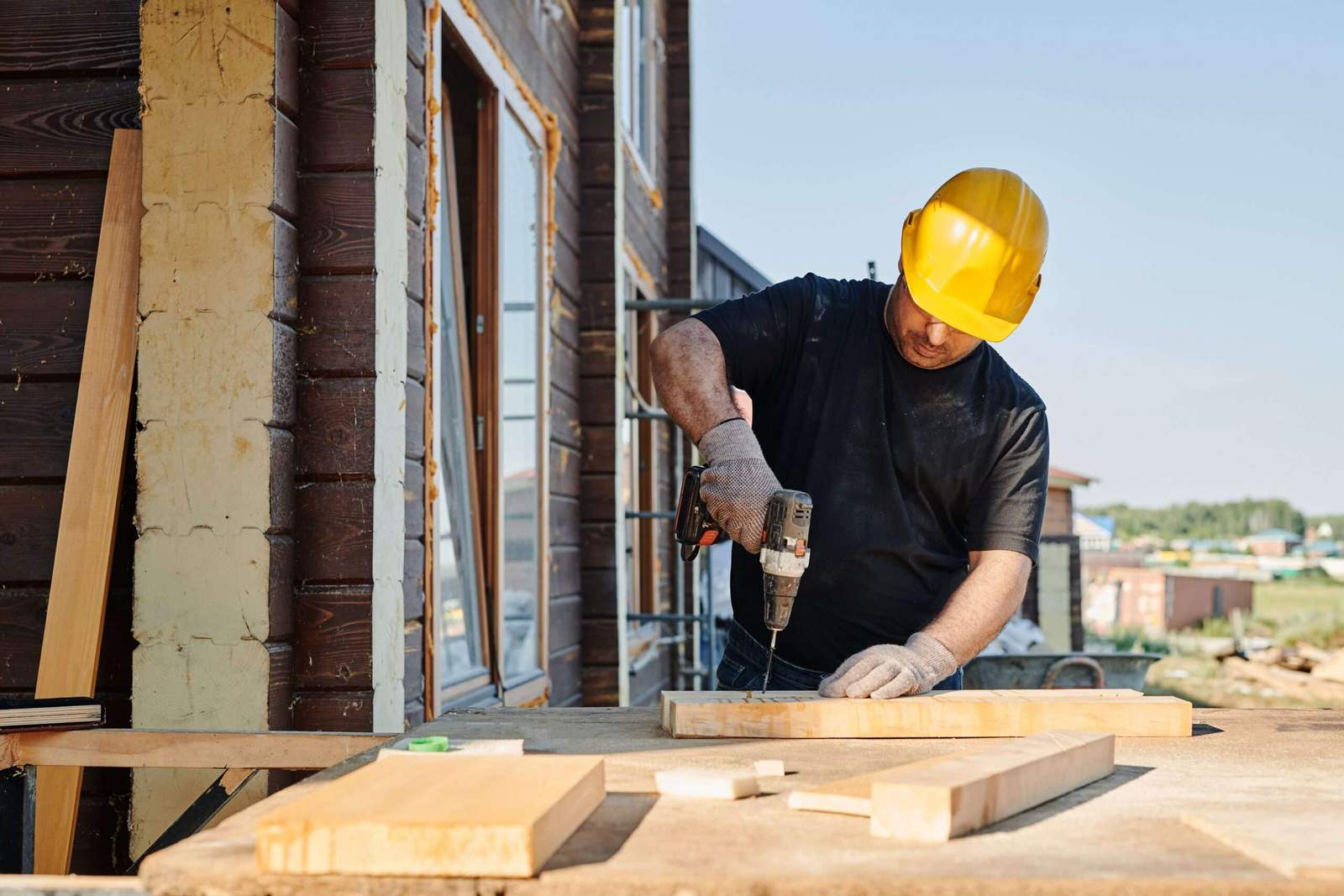
Types of hard hats
The two main types of hard hats are suspended and non-suspending.
Suspension hard hat designed for a secure and comfortable fit on the head, with an adjustable suspension system for superior protection.
This type of hard hat is recommended for jobs that involve working in high-risk environments or areas with a risk of head impact.
The second type of hard hat is the non-hanging hard hat. This type of hard hat is usually lighter in weight and features a non-adjustable fit.
Non-suspension hard hats are typically used in less hazardous environments, where the risk of head impact is minimal.
Regardless of the type of hard hat used, it must be properly fitted and adjusted to ensure a secure and comfortable fit.
Proper fit and comfort of a hard hat is essential to providing the wearer with the highest level of protection and safety.
Wearing a hard hat can also provide many safety benefits to construction workers and other individuals who work in hazardous environments.
Not only can they provide a layer of physical protection, but they can also improve vision and provide a sense of mental security for the wearer.
Therefore, it is highly recommended that anyone working in a potentially hazardous work environment wear a hard hat while at work.
For more architectural news






